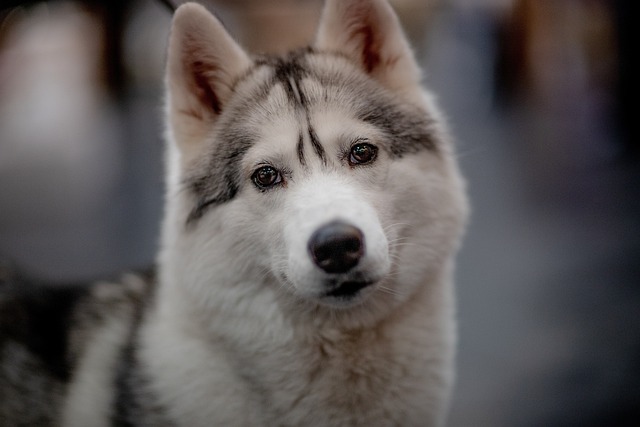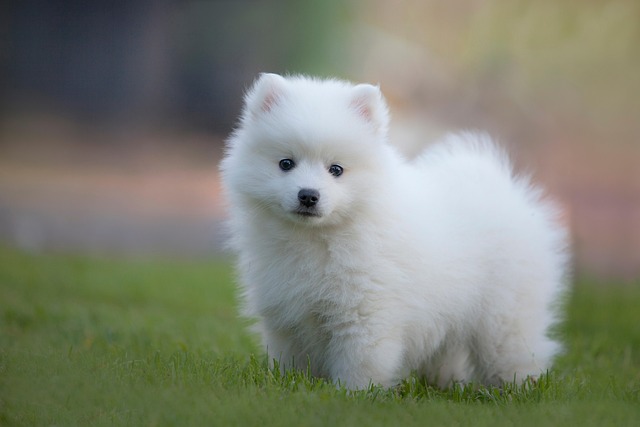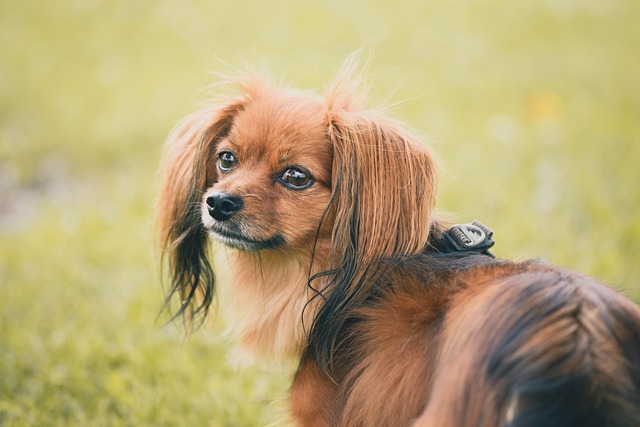
How can I test my dog for pregnancy at home?
Finding out your dog might be pregnant feels like a rollercoaster of emotions. The excitement of tiny paws on the way mixes with the worry of doing things right.
One look at a Bichon Frise’s fluffy white coat and you’re smitten. But those charming button eyes can quickly become framed by unsightly brown stains, turning that picture-perfect look into a constant battle. Tear stains aren’t just a cosmetic nuisance—they can signal underlying health issues. Understanding what causes them and taking proactive steps can keep your Bichon’s face bright and their eyes comfortable.
Unlike other breeds, Bichon Frises have shallow eye sockets and abundant tear production, making them prone to overflow. When tears mix with bacteria and yeast around the eyes, iron in the tears oxidizes, staining the fur. Add in their light-colored coats, and every spot shows. Some dogs might even develop mild skin irritation from the moisture, scratching at their faces. It’s a cycle that demands consistent intervention.
Diet is the foundation of tear stain prevention. Opt for high-quality, grain-free kibble that minimizes inflammation and allergic reactions, common triggers for excessive tearing. Avoid foods with artificial colors, fillers, or by-products—many Bichons are sensitive to ingredients like wheat or soy. Consider adding omega-3 fatty acids, found in fish oil supplements, to reduce eye inflammation, but always consult your vet first to ensure proper dosage.
 Daily eye care is non-negotiable. Use a warm, damp cotton ball to gently wipe the corners of your Bichon’s eyes, removing debris before it stains. Specialized eye wipes with antibacterial properties can offer extra protection. Just be cautious—never use human products, as ingredients like alcohol can irritate your dog’s skin. Make this a part of your morning routine, and you’ll catch potential staining early.
Daily eye care is non-negotiable. Use a warm, damp cotton ball to gently wipe the corners of your Bichon’s eyes, removing debris before it stains. Specialized eye wipes with antibacterial properties can offer extra protection. Just be cautious—never use human products, as ingredients like alcohol can irritate your dog’s skin. Make this a part of your morning routine, and you’ll catch potential staining early.
Trimming the hair around the eyes isn’t just about looks—it’s crucial for tear stain prevention. Long fur can trap moisture and irritate the eyes, triggering more tearing. Invest in rounded-tip pet grooming scissors and trim the hair in short, even strokes. If you’re unsure, a professional groomer can create a safe, stylish cut. Remember to keep grooming tools clean to avoid spreading bacteria.
In some regions, regulations govern pet grooming and product use. Ensure any eye care products you choose meet local safety standards, and avoid using harsh chemicals that could harm your dog. When visiting public places, keep your Bichon’s eyes clean to prevent exposure to environmental irritants like pollen or dust, which can exacerbate tearing.
If stains persist despite your best efforts, consult your veterinarian. They can rule out medical issues like blocked tear ducts, eye infections, or nasal problems. In some cases, prescription medications or tear duct flush procedures might be necessary. Never attempt at-home treatments for serious conditions—always follow professional advice to stay compliant with animal welfare laws.
Turning tear stain prevention into a bonding experience can make the process easier. Reward your Bichon with tiny treats during eye cleaning sessions, turning it into a positive routine. Celebrate small victories, like a cleaner eye area after a week of consistent care. With patience and persistence, you’ll keep your Bichon Frise’s face as bright and cheerful as their personality.

Finding out your dog might be pregnant feels like a rollercoaster of emotions. The excitement of tiny paws on the way mixes with the worry of doing things right.

There’s nothing quite like watching a tiny puppy discover the world, but understanding their developmental milestones isn’t just fascinating—it’s essential for responsible pet ownership.

Noticing your gray-muzzled companion moving a bit slower on morning walks? That’s your cue: senior dogs (typically 7+ years) need more frequent vet TLC than their younger selves.

That sigh of relief after your dog’s vet visit? Totally normal! But later, seeing Max snooze more than usual or turning down his favorite peanut butter Kong might make you wonder

Picture your 9-year-old Golden Retriever, Max. He’s still wagging his tail for walks but takes longer to rise from his bed in your Seattle apartment and occasionally

Discover why dogs crave toys that challenge their minds and instincts—not just flashy designs—and how the right interactive toys transform their behavior and well-being.